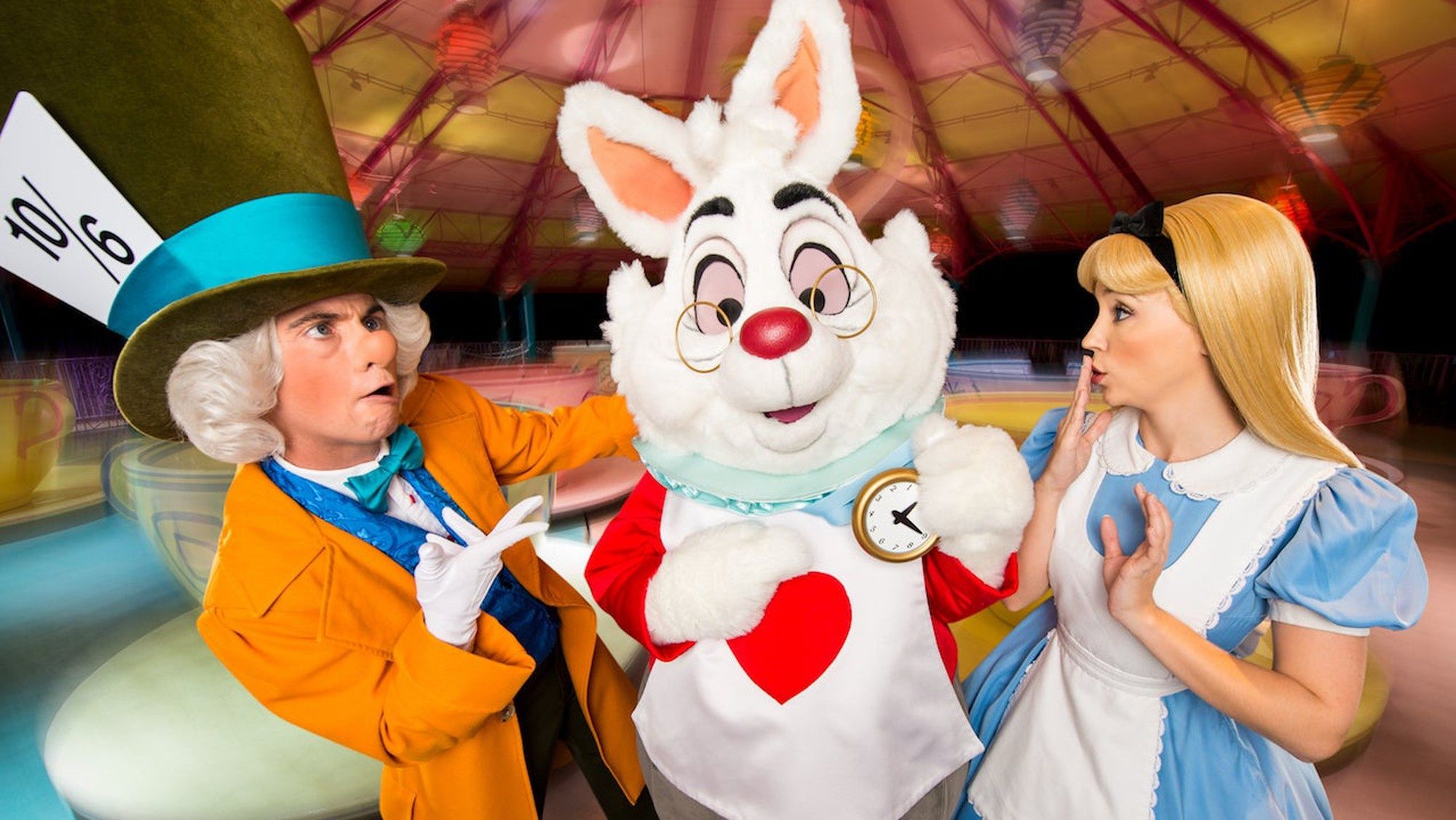When Disney (DIS 0.16%) first announced it would bundle Disney+, Hulu, and ESPN+, about 30% of consumers said they were interested in subscribing, according to a survey from CivicScience. But around six months after launching, just 7% of consumers actually followed through and subscribed.
Interestingly, there seems to be a disconnect somewhere. Forty percent of Hulu subscribers also subscribe to Disney+, but just 14% of those same respondents say they're subscribed to ESPN+ as well. That's odd because a lot more Hulu subscribers surveyed could also be getting ESPN+ for almost no extra cost.
Disney isn't just offering a discounted bundle out of the kindness of its hearts. The company wants consumers to subscribe to the bundle because it'll improve its advertising business. Underutilization of the bundle is a problem Disney should be working to solve.

Image source: Disney
Is ESPN+ to blame?
"It seems that interest in the bundle is contingent on interest in ESPN+, and interest in ESPN+ is fairly limited to die-hard sports fans," CivicScience wrote regarding its survey results.
The market research group points out that around half of ESPN+ subscribers are bundled customers, while less than a quarter of Hulu and Disney+ subscribers take the bundle. In fact, the percentage of ESPN+ subscribers on the bundle may be closer to 75% based on Disney's second-quarter average revenue per user data.
ESPN+ had 7.9 million subscribers as of the end of March, up from about 3.5 million in November. While ESPN+ had been steadily growing since its launch in April 2018, the bundle has clearly accelerated its growth.
At Disney's investor day last April, management outlined expectations for ESPN+ to reach 8 million to 12 million subscribers by 2024. It's already there. Granted, management also underestimated how popular Disney+ would be. It's already at the high-end of its 5-year outlook for U.S. subscribers with about 30 million North American subscribers.
In other words, ESPN+ should be closer to the high-end of Disney's range -- 12 million. That's a significant shortfall, perhaps due to poor bundling reception.
It might just be ESPN+'s relatively low popularity is due to the current environment. Without much in the way of sporting events right now, consumers may not see the point of ESPN+. Still, consumer habits are hard to change. If they didn't sign up for the bundle when they first saw the option, Disney may have a hard time convincing them to change their subscriptions.
The value of the bundle for Disney
The bundle provides Disney with a couple of key advertising advantages. In its most straightforward manner, bundling ESPN+ should increase the amount of time spent with ad-supported content. More advertising opportunities means more revenue. Disney generates significant amounts of revenue per hour streamed on Hulu, as seen in its average revenue per user that's actually higher than its ad-free subscription price.
More importantly, the bundle will connect account-viewing data, so Disney can gain better insight into how customers respond to ad placements across its properties, including ESPN.com and its TV Everywhere apps. Viewing information from Disney+ could also inform advertisements in the ad-supported channels. (A Disney+ subscriber watching clips of Frozen a few times per week probably has kids.)
Importantly, the incremental cost of merely offering ESPN+ on top of Disney+ and Hulu is practically nothing. And delivery costs when subscribers do decide to stream ESPN+ are more than offset by advertising revenue.
While ESPN+ has benefited greatly from the bundle, it's underperforming its sister streamers at the media company. As sports return, look for Disney to increase its push for subscribers to take the bundle in order to support its digital advertising business.






